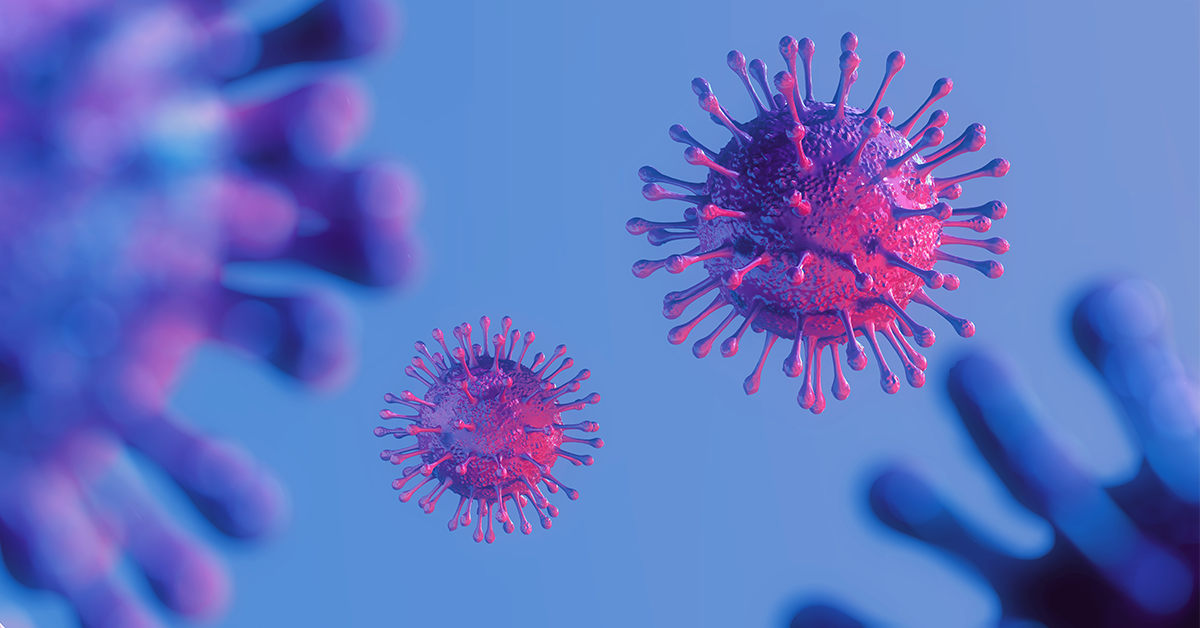Okay, hold on tight, because things are about to get real confusing. And exhausting.
Introducing…three new variants of Omicron: XD, XE and XF.
XE is the one we’re gonna be talking about today.
Yeah, I guess they figured that if we kept naming the variants after Greek alphabets, we would run out of alphabets before the variants stopped coming.
XD and XF are variants of Delta and the original BA.1 Omicron strain, thus forming the infamous “Deltacron” that went viral a few weeks back.
Learn more about XD here. Hehe.

However, in the same linguistic vein as the BA.1 strain, there is an older strain: BA.2, which is now accounting for the majority of the new cases in the USA.
The rate by which it has dominated the cases is especially scary because it only accounted for less than 1% of the cases as late as January.
FYI, the BA.2 strain is nearly 30% more transmissible than the original strain. The XE hybrid variant, though, is even worse.
What’s up with XE?
XE is a recombinant of the original BA.1 Omicron strain as well as the BA.2 Omicron variant, so far only found in Britain.
So it’s like a twin lah.
Not much is known about XE because of its recency, but the World Health Organisation (WHO) released a twelve-page document detailing some preliminary findings.
“The XE recombinant was first detected in the United Kingdom on 19 January and >600 sequences have been reported and confirmed since. Early-day estimates indicate a community growth rate advantage of ~10% as compared to BA.2, however this finding requires further confirmation.”
Join our Telegram channel for more entertaining and informative articles at https://t.me/goodyfeedsg or download the Goody Feed app here: https://goodyfeed.com/app/
Basically, it’s 10% more contagious than even the BA.2 variant, making it 43% more transmissible than the original Omicron strain. Bruh.
So, What Does This Mean?
So far, however, there has been not enough evidence to conclude the exact transmissibility, severity, or vaccine effectiveness of the XE recombinant, and so we don’t know how bad it might get.
On the bright side of things, despite the BA.2 having a much higher transmission rate than the original strain, it has not brought about new waves of infection so far—so I guess we’re just going to have to wait and see if the XE recombinant does the same.
Also, since it’s an Omicron, it should have less severe symptoms.
Read Also:
- Swatch Responds to Paint Leaking on Omega X Swatch MoonsWatch
- 67YO Man Warns Others Not to Buy Certain Sexual Health Products After They ‘Didn’t Work’
- Will Smith Has Officially Resigned from Film Academy & Might Face Sanctions
Featured image: Neon_dust / Shutterstock.com





